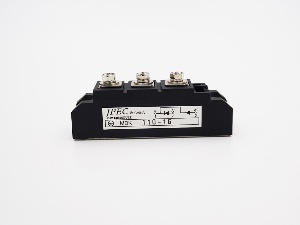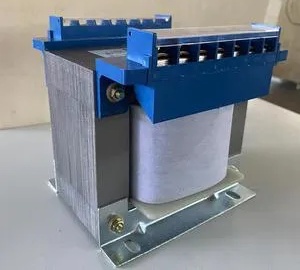Electronic Components Supplier | Transformers, Inductors, Inverters
Introduction to OLED Technology
Organic Light Emitting Diodes (OLEDs) have revolutionized the display industry with their superior color quality, flexibility, and energy efficiency. Unlike traditional LCDs, OLEDs emit their own light, eliminating the need for a backlight. This technology is now widely used in smartphones, TVs, wearables, and even automotive displays.
With increasing demand for high-resolution, flexible, and eco-friendly screens, OLEDs are at the forefront of innovation. Companies like Samsung, LG, and Apple heavily invest in OLED research, making it a hot topic in tech discussions.

How OLEDs Work: A Breakdown
OLEDs consist of thin organic layers sandwiched between two electrodes. When an electric current is applied, electrons move through these layers, emitting light. Key components include:
- Anode & Cathode: Conduct electricity into the organic layers.
- Emissive Layer: Produces light when electrons recombine with holes.
- Conductive Layer: Transports electrons efficiently.
Because each pixel emits its own light, OLED displays achieve perfect blacks, infinite contrast ratios, and faster response times than LCDs.
Advantages of OLED Over Traditional Displays
1. Superior Image Quality
OLEDs offer:
- True Blacks: Pixels turn off completely, enhancing contrast.
- Wider Viewing Angles: No color distortion at extreme angles.
- Vibrant Colors: Better color accuracy and brightness.
2. Flexibility & Thin Design
OLED panels can be made flexible, enabling foldable phones (e.g., Samsung Galaxy Z Fold) and rollable TVs (LG Signature OLED R).
3. Energy Efficiency
Since OLEDs don’t require a backlight, they consume less power, especially when displaying dark content.
4. Faster Response Time
With near-instantaneous pixel response, OLEDs eliminate motion blur, making them ideal for gaming and high-speed video.
Latest Trends in OLED Technology
1. Foldable & Rollable Displays
Samsung and LG are pushing boundaries with foldable smartphones and rollable TVs, offering portability without compromising screen size.
2. Micro OLED for AR/VR
Apple’s Vision Pro uses Micro OLED for ultra-high resolution, enhancing virtual and augmented reality experiences.
3. Eco-Friendly OLEDs
Researchers are developing biodegradable OLED materials to reduce electronic waste.
4. Automotive Displays
Tesla and BMW integrate OLED dashboards for sharper, customizable interfaces.

Challenges & Future of OLED
Despite its benefits, OLED faces challenges:
- Burn-in Risk: Static images can cause permanent damage over time.
- Higher Cost: Manufacturing remains expensive compared to LCDs.
- Lifespan Issues: Blue OLED pixels degrade faster than red and green.
However, advancements like QD-OLED (Quantum Dot OLED) and PHOLED (Phosphorescent OLED) aim to improve efficiency and longevity.
Conclusion: Why OLED is the Future
OLED technology continues to evolve, offering unmatched visual performance and innovative form factors. As research progresses, we can expect even more breakthroughs in flexible, transparent, and sustainable displays.
For tech enthusiasts and businesses, investing in OLED means staying ahead in the display revolution.







